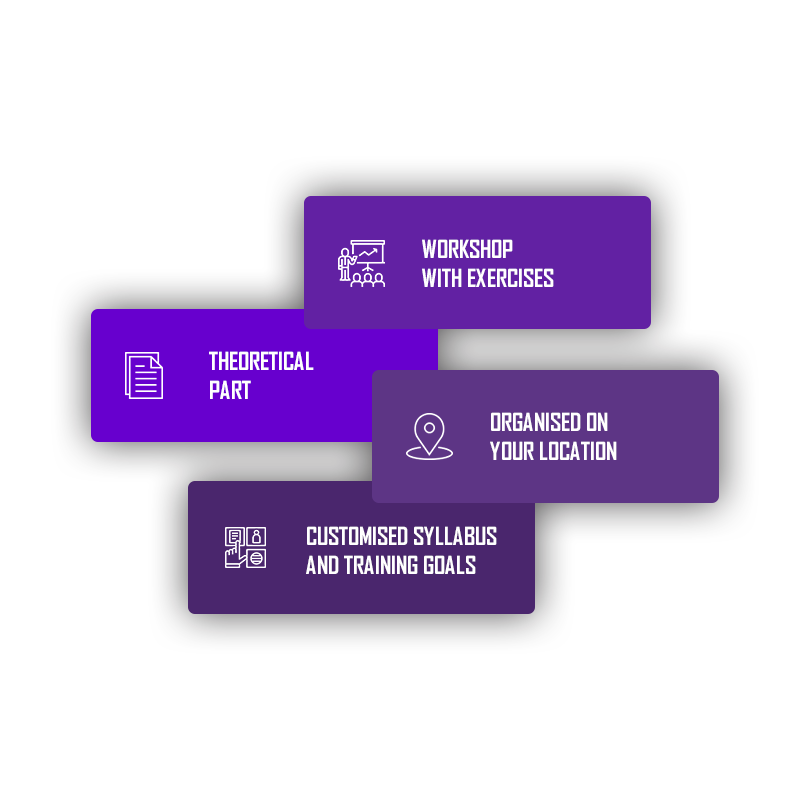


1. We will help you enhance your current software development process including:
2. Requirements and design risk-aligned analysis
3. Secure Architecture and Design
4. Secure implementation of IT systems
5. Static and dynamic verification of (developed) software
6. Security tools management
7. Security fundamentals training
1. Security and design requirements for your project
2. Coding guidelines, security static analysis tools configuration
3. Threat modelling and risk analysis for new requirements in your project
4. Ongoing verification and consulting throughout the development process
Beyond testing for OWASP Top 10 security risks, we go deeper to make sure that the application is safe not only from external attacks but also from malicious actions performed by legitimate users.
As part of our Web Application Security Assessment, our experts will test access controls and uncover authorization and privilege-related flaws.
Get your application ready for a compliance audit. Whether it’s PCI-DSS, HIPAA or SOX – a Web Application Security Assessment will help you ensure your applications process data in a secure manner.
A Web Application Security Assessment will minimise the risk of data breaches which can be devastating to your business, both financially and in terms of your company’s image.
